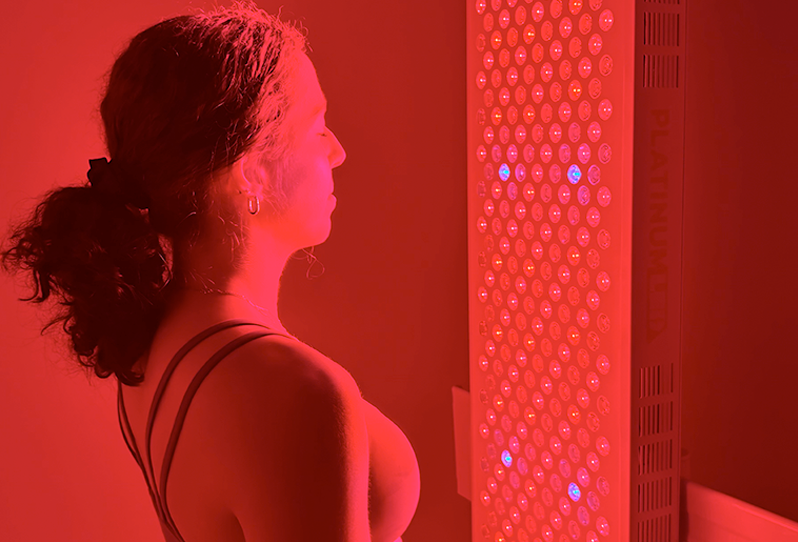Blog
The Impact of Artificial Dyes on Mood, Attention, and Regulation: Unraveling the Colorful Connection
Introduction: In our modern society, artificial dyes have become ubiquitous. From vibrant candies to eye-catching packaged foods, these synthetic colorants add a captivating allure to countless products. However, emerging evidence suggests that the colorful world we live in may have a hidden dark side. Researchers have delved into the effects of artificial dyes on mood, attention, and regulation, raising concerns about the potential impacts these additives may have on our well-being. In this blog, we will explore the relationship between artificial dyes and their influence on our mental and emotional states.
Understanding Artificial Dyes: Artificial dyes are chemical compounds developed to enhance the visual appeal of various consumer products. They are commonly found in processed foods, beverages, cosmetics, and even medications. These dyes are often added to mimic the natural colors of fruits, vegetables, and other ingredients, creating an aesthetically pleasing appearance.
The Colorful Controversy: While artificial dyes may enhance the visual experience, concerns have arisen about their impact on human health. Several studies have attempted to unravel the potential link between these dyes and mood, attention, and regulation, shedding light on the hidden consequences of our artificially vibrant world.
Mood Disruptions: Research has suggested that artificial dyes, particularly certain types like Red 40, Yellow 5, and Yellow 6, may exert mood-altering effects. Some individuals, especially children, may experience increased irritability, restlessness, and even hyperactivity after consuming products containing these dyes. These symptoms are of particular concern for individuals with attention deficit hyperactivity disorder (ADHD), as they can exacerbate existing behavioral issues.
Attention and Concentration Challenges: In addition to mood disruptions, artificial dyes have been linked to attention and concentration difficulties, particularly in children. Studies have revealed that certain dyes, such as Red 3 and Yellow 5, may impair cognitive performance and attention span. Children exposed to high levels of these dyes may experience difficulty focusing, completing tasks, and maintaining attention in educational or social settings.
Regulation and Self-Control: The relationship between artificial dyes and regulation of emotions and behavior is an area of active research. Some studies have found that certain dyes, including Red 40 and Yellow 5, may interfere with self-regulation mechanisms, leading to impulsive and disruptive behavior. Moreover, these additives may exacerbate symptoms in individuals with pre-existing conditions, such as autism spectrum disorders.
Potential Mechanisms: While the precise mechanisms behind the effects of artificial dyes on mood, attention, and regulation are not yet fully understood, several theories have been proposed. Some researchers suggest that certain individuals may have heightened sensitivities or intolerances to these additives. Others propose that the impact could be related to neurochemical imbalances, alterations in neurotransmitter levels, or an immune response triggered by the dyes.
Making Informed Choices: As consumers, we have the power to make informed choices regarding the products we consume. While artificial dyes are approved for use by regulatory authorities, it's essential to be mindful of their potential effects on our well-being. Reading ingredient labels and opting for natural alternatives can help reduce our exposure to these additives.
Conclusion: Artificial dyes, with their visually enticing allure, have become an integral part of our modern lives. However, it is crucial to recognize the potential impact these additives can have on our mood, attention, and regulation. While more research is needed to fully understand the complex relationship between artificial dyes and our mental well-being, it's wise to remain vigilant and opt for natural alternatives whenever possible. By making informed choices, we can strive to create a colorful world that supports our overall health and well-being.
‹ Back









